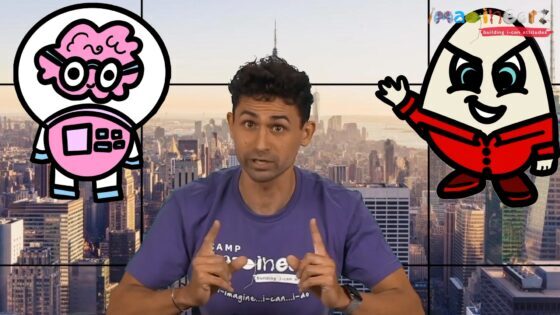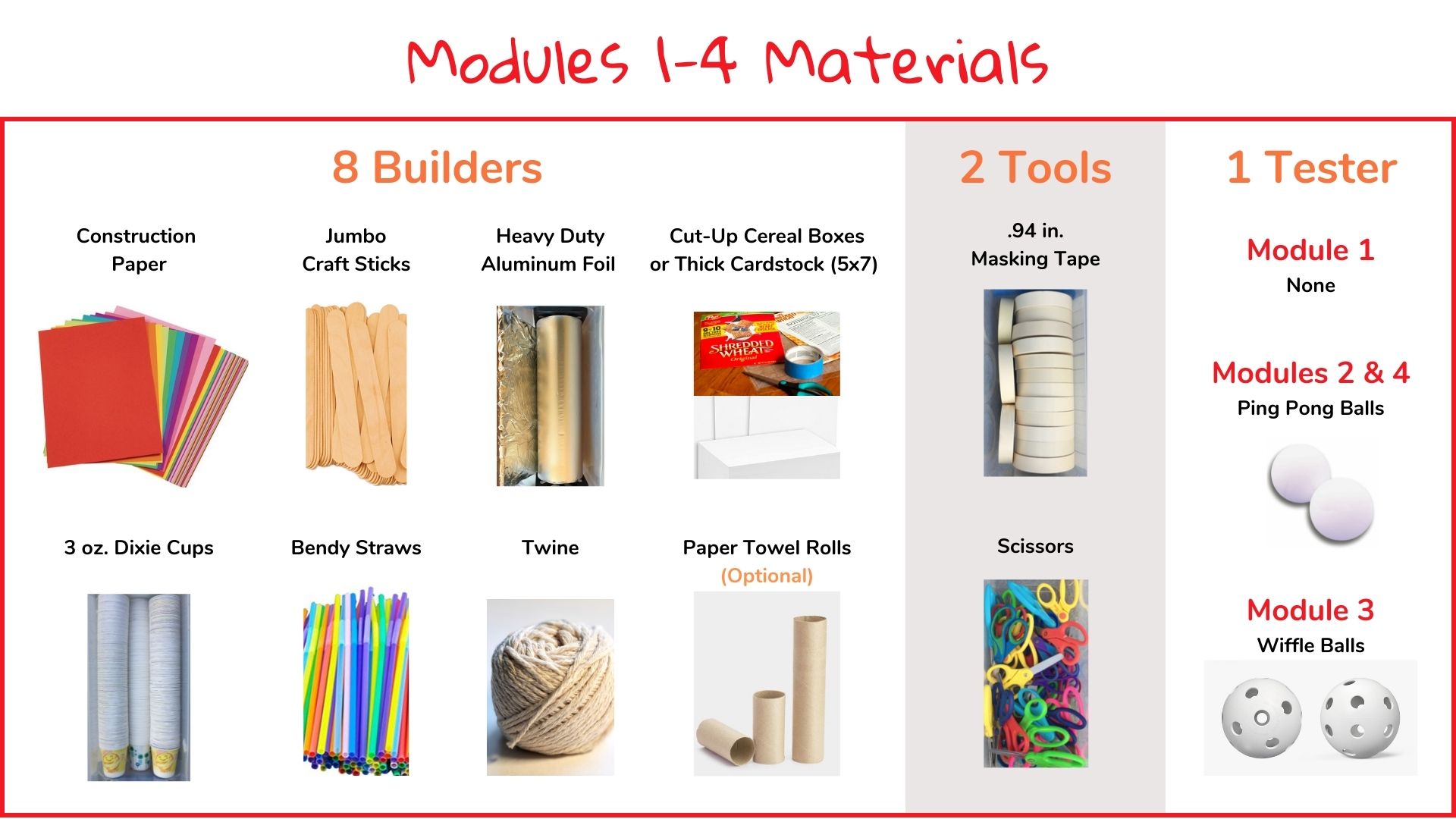STEM Challenge: Brainiac’s Secret Hideout

Context for Challenge
The Amazing Brainiac, known for her incredible intellect and crime prediction abilities, faces ridicule from her nemesis, Egghead. Egghead has constructed a new, sophisticated lair, taunting Brainiac over her outdated mountain-top hideout. To address this, the League of Heroes has enlisted our assistance.
Design a secret hideout for the Amazing Brainiac. This new lair must balance atop a precarious mountain peak, reflecting Brainiac’s unique position and abilities within the superhero community.
Constraints and Success Criteria
- It must be structurally capable of balancing on the mountain top, ensuring stability and safety under various conditions.
Materials

You do not need any testers for this challenge.
Logistics
- Prepare Materials: Ensure you have all the necessary materials ready beforehand and organize them so that they are easily accessible to students. Students should use no more than five of any one material per creation! For example, a student can use five straws and five pieces of paper, but not ten straws. If you provide aluminum foil, no more than one arm’s length piece for each student!
- Set Up Testing Area: Create a designated area where students can test their bio bubbles.
- Provide Guidelines and Constraints: Reiterate the challenge and the constraints to students as needed. Emphasize the importance of following safety guidelines and considering the constraints, while designing their bio bubbles. Building time is 45 minutes!
- Model the Design Process: Before students begin, demonstrate the design process by going through the steps yourself. Discuss how to brainstorm ideas, create prototypes, test them, and make iterations based on the results, as needed.
- Encourage Collaboration: Foster a collaborative environment where students can work together in pairs. Encourage them to share ideas, help each other troubleshoot challenges, and provide constructive feedback throughout the process. But no groups of three!
- Support Adaptation: Encourage students to embrace the mindset of adaptation and problem-solving. Help them see that setbacks and failures are opportunities to learn and make improvements. Guide them in identifying areas for adaptation and brainstorming alternative solutions.
- Facilitate Reflection: Set aside time for students to reflect on their design process and decision-making. Ask questions that prompt them to think critically about their choices, challenges they faced, and what they learned from the experience. This reflection can be done individually, in pairs, or as a whole-class discussion.
- Celebrate and Showcase: Once students have completed the challenge, celebrate their efforts and showcase their work. Provide opportunities for students to share their experiences, explain their design choices, and reflect on the overall learning journey.
CASEL Discussion Questions
Five questions aligned to Self-Awareness and Self-Management — our focus CASEL competencies for Module 1 — for teachers to foster an engaging discussion and social-emotional learning



